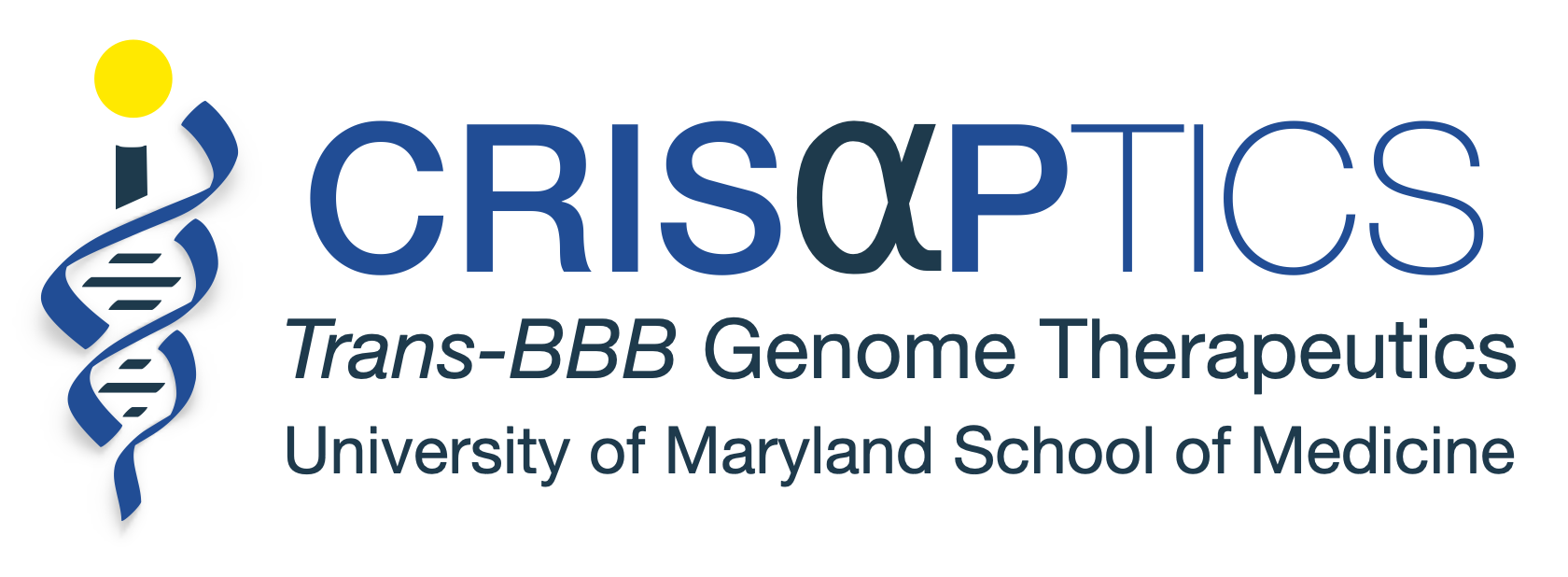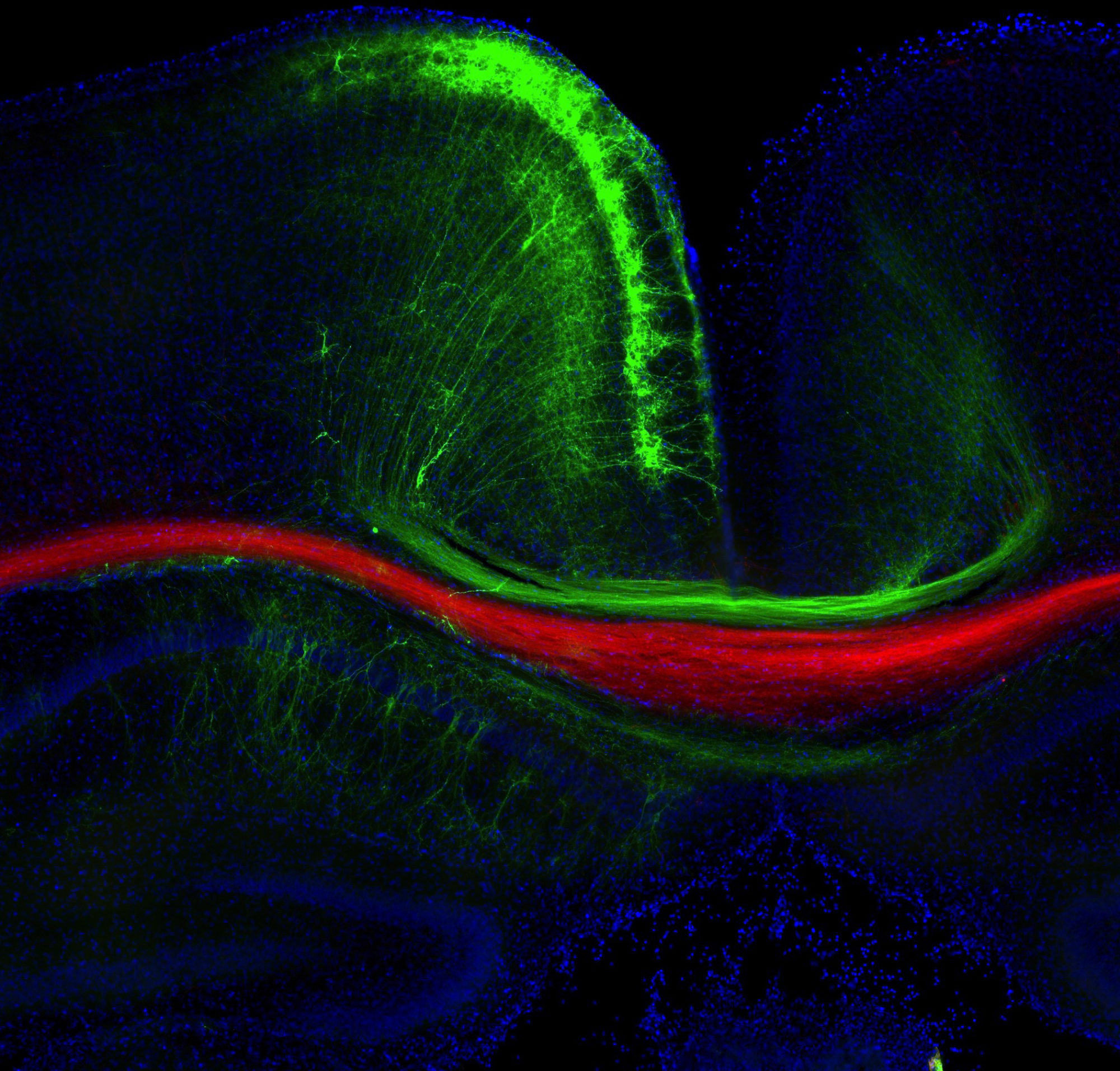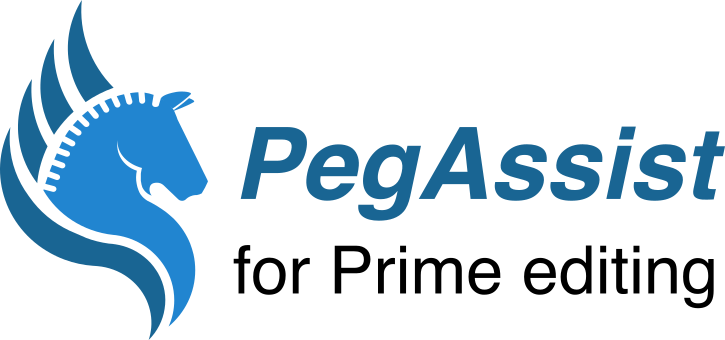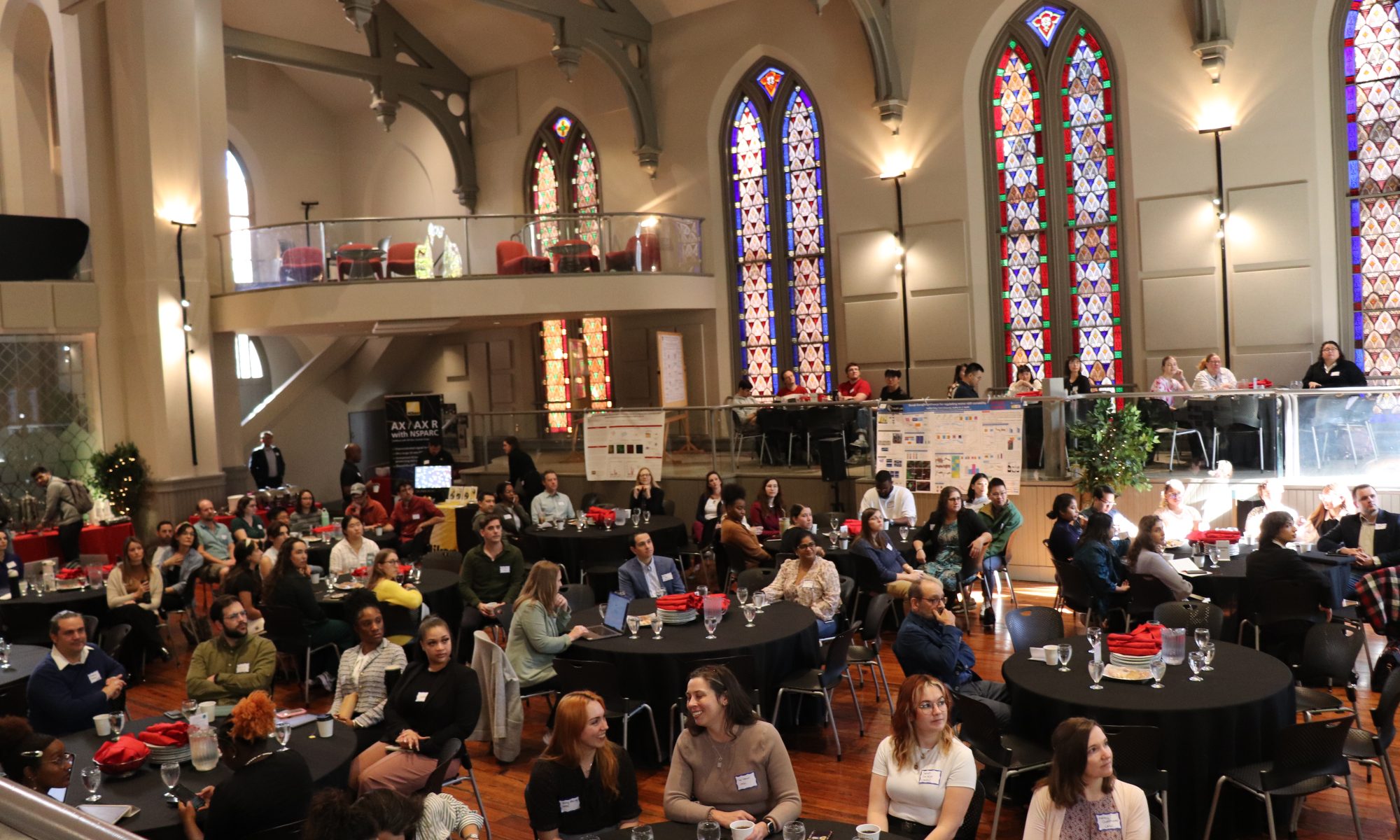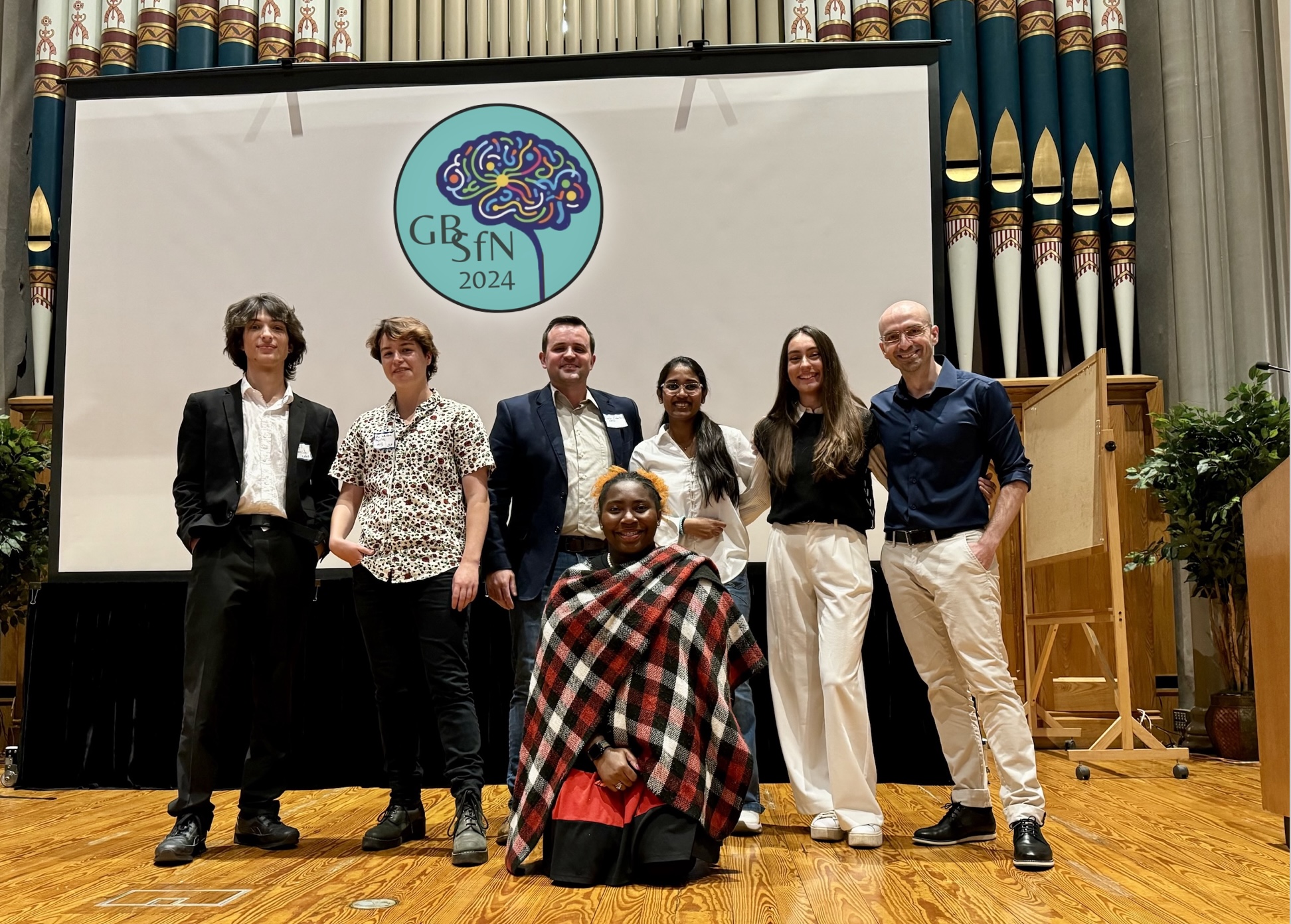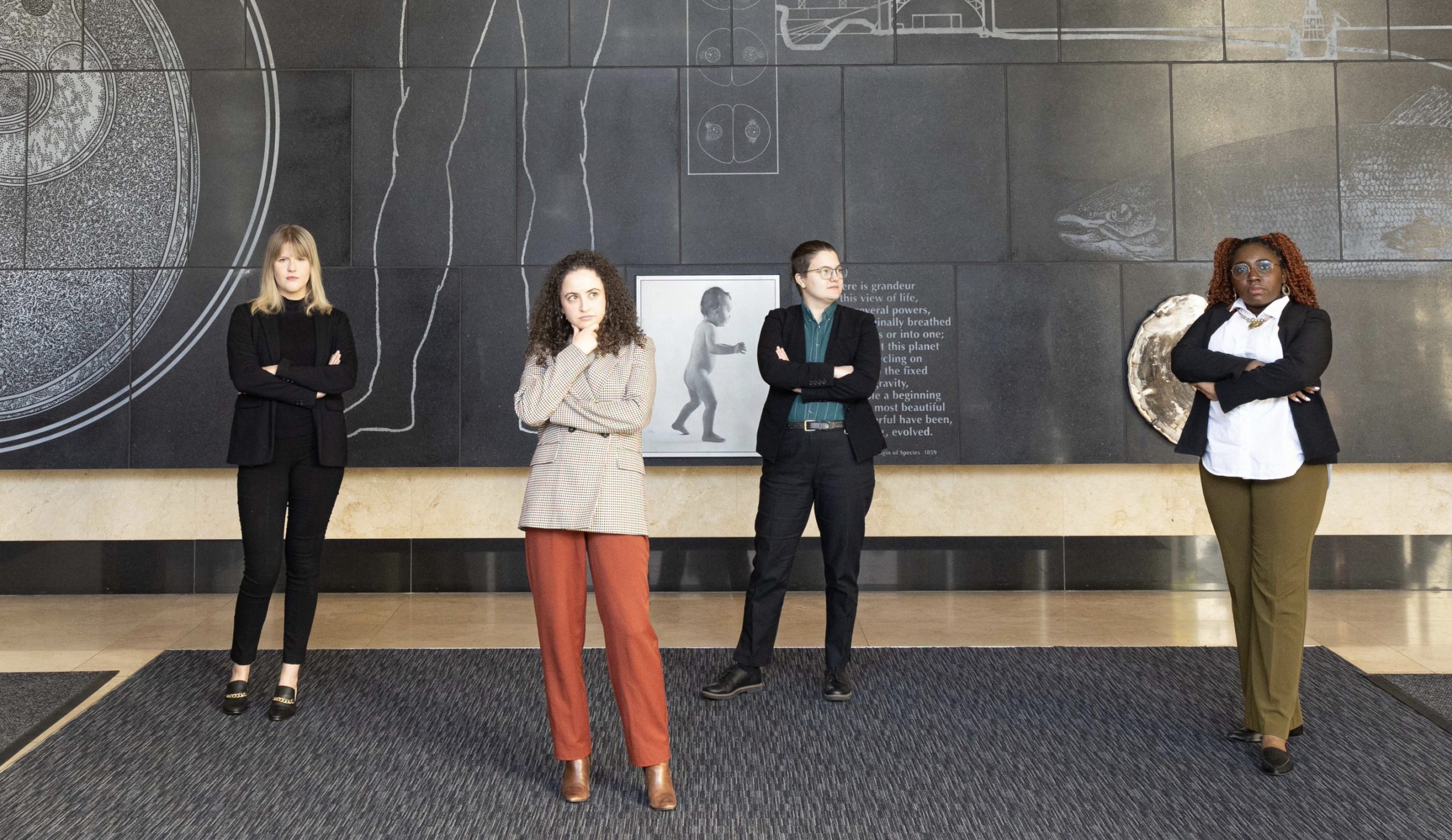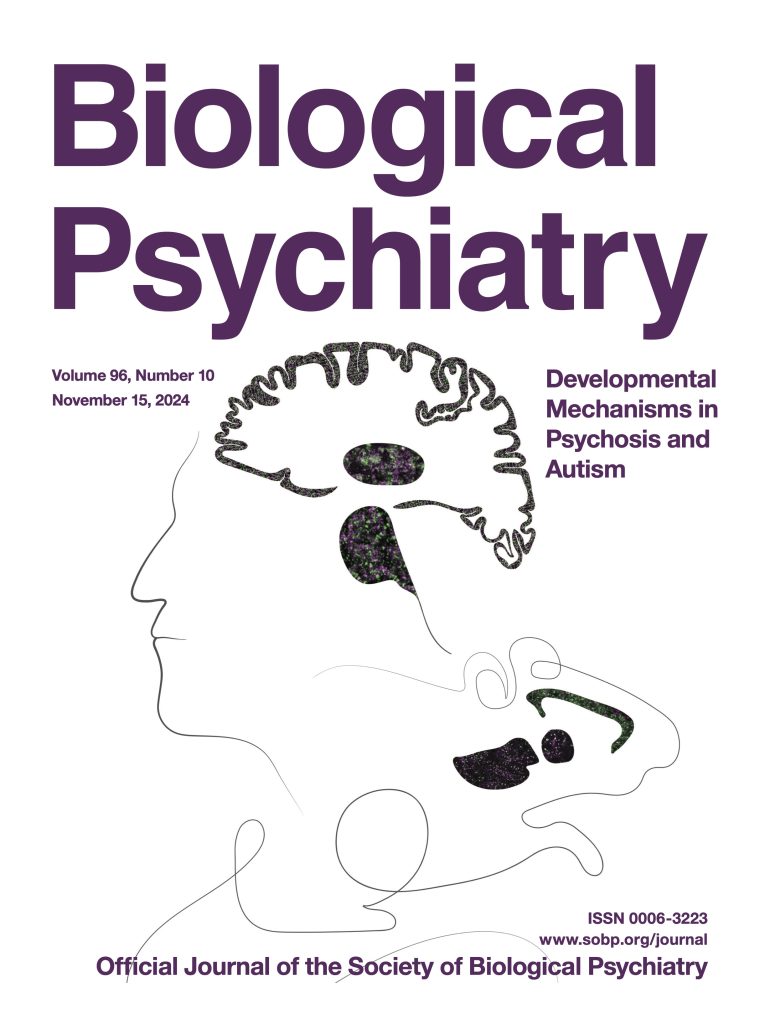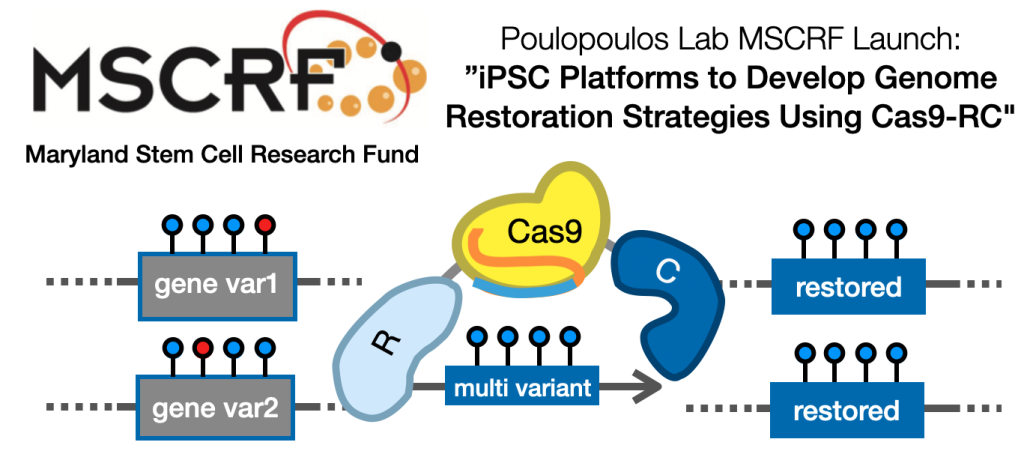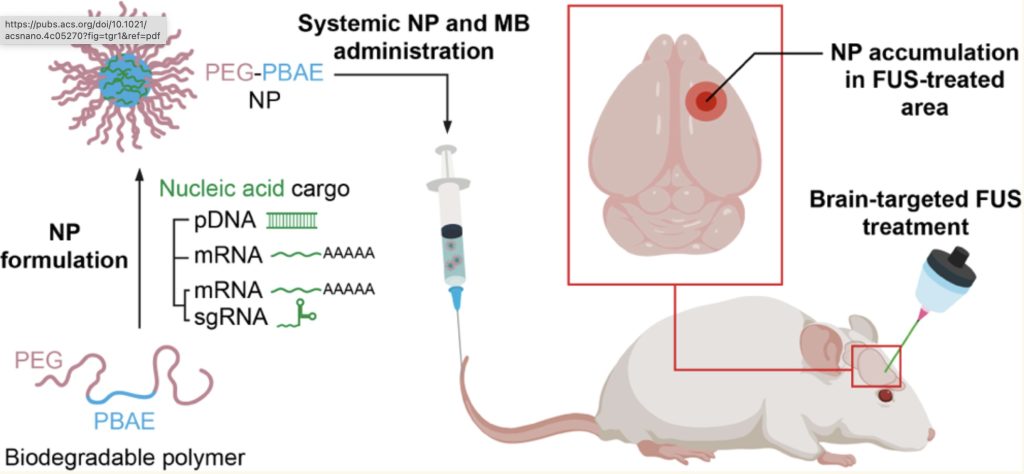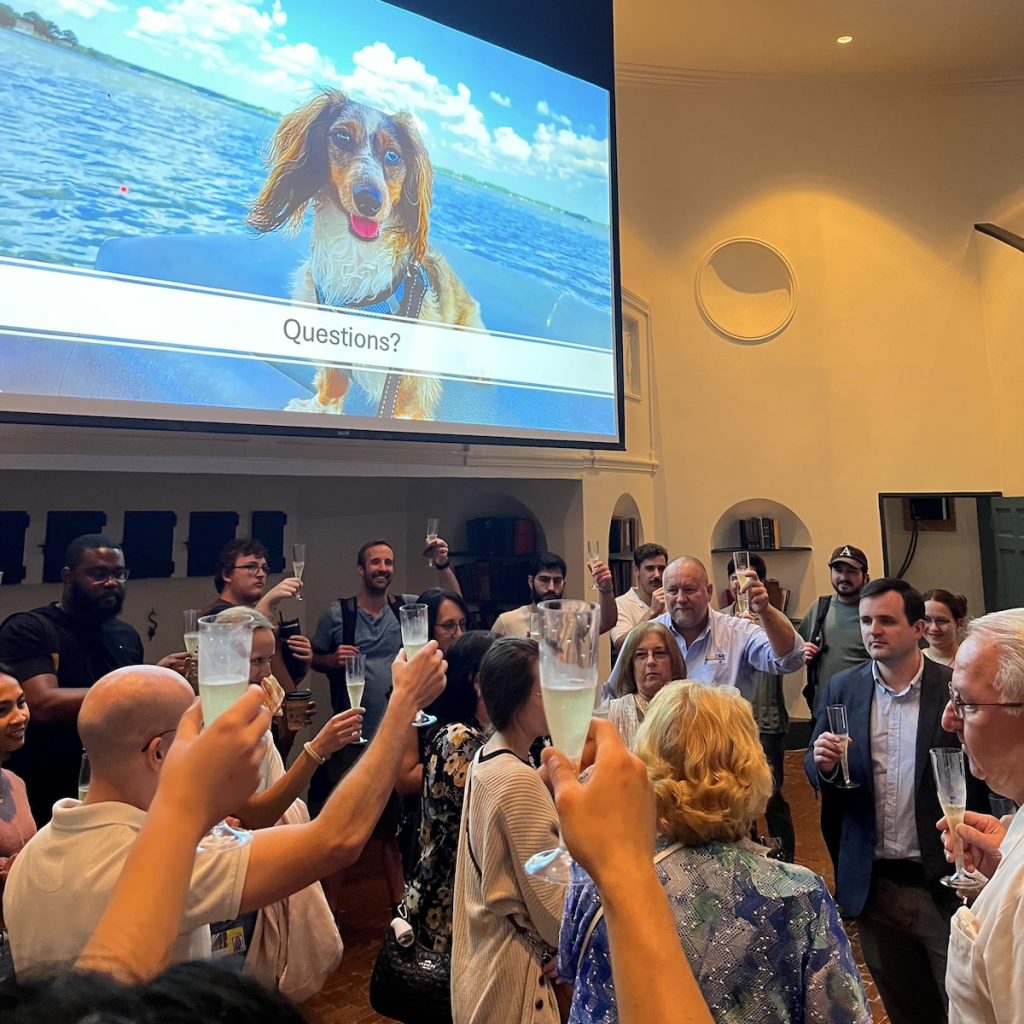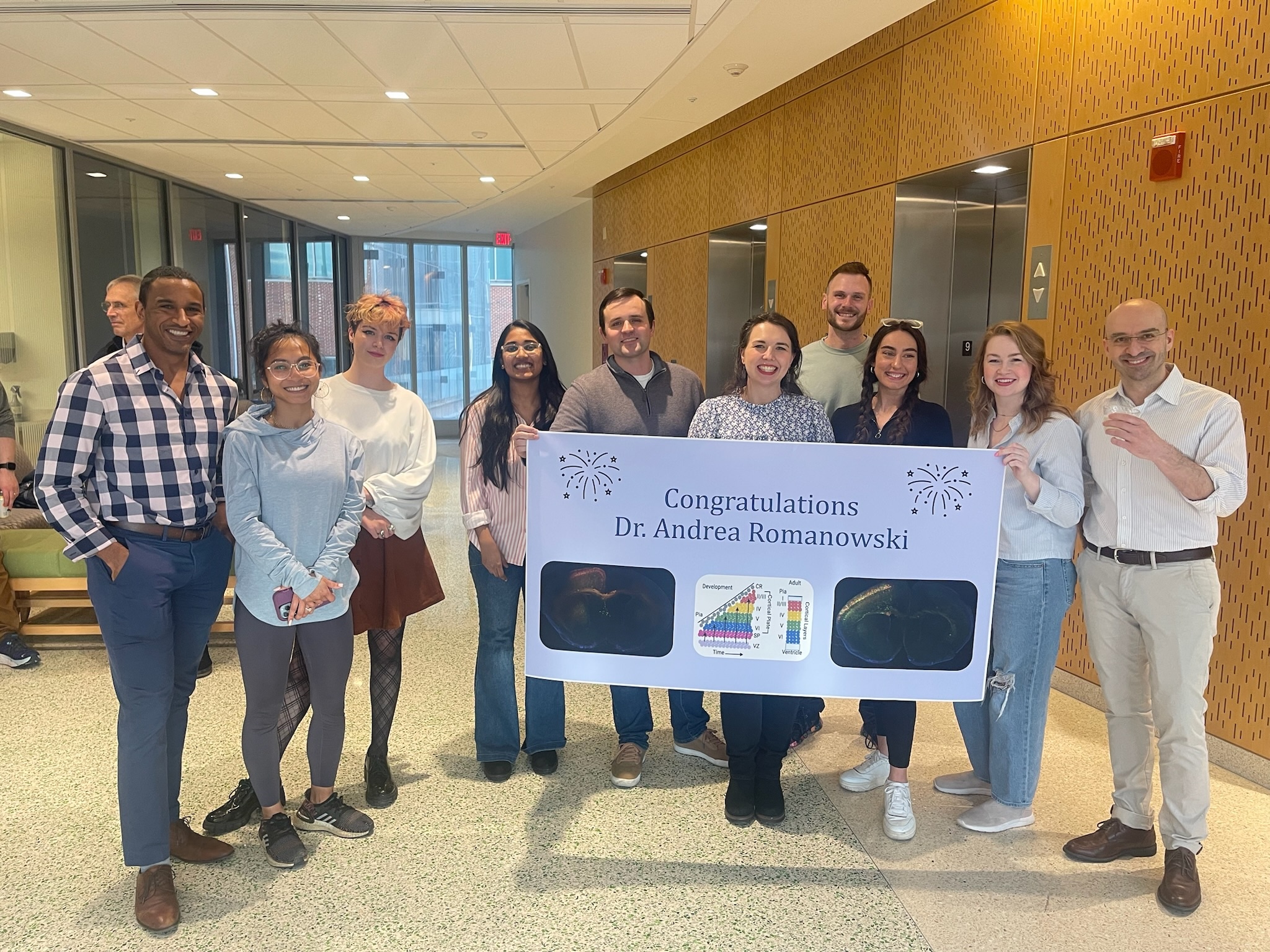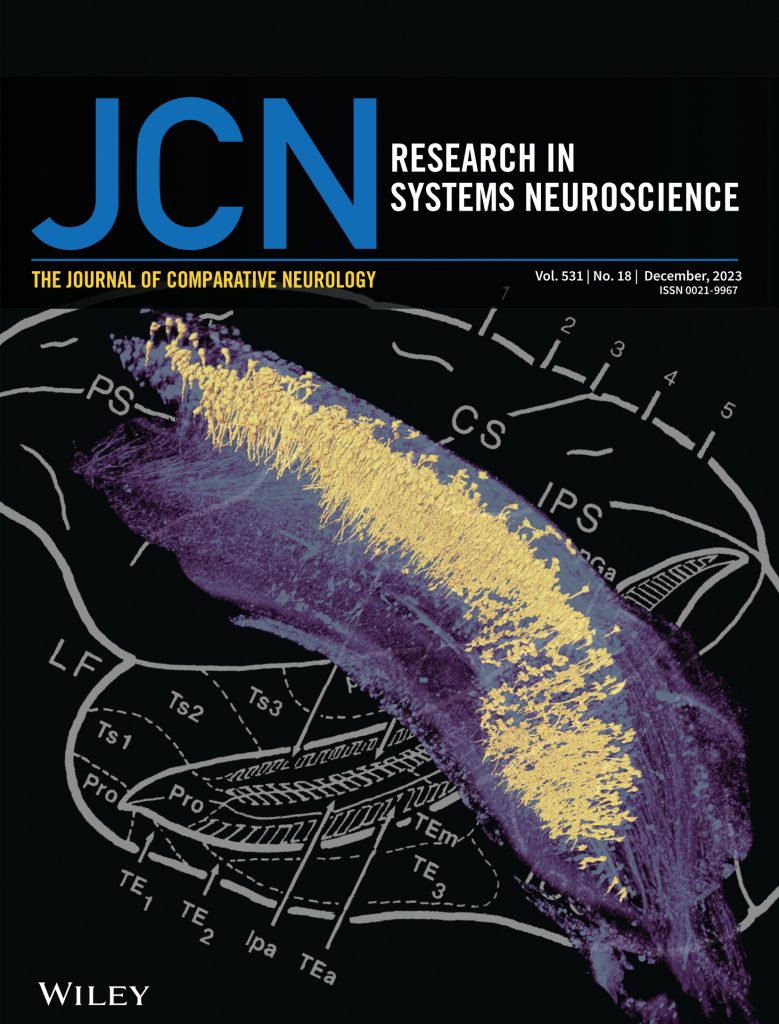We’re thrilled our team won Phase 2 of the NIH TARGETED Challenge (Targeted Genome Editor Delivery)!!! Suffice it to say, several rounds of celebrations ensued.
Our entry, Crisaptics Trans-BBB, competed in Area 2: Genome Editing in Brain Across the Blood-Brain Barrier, an exciting competition drawing entries from across academia, biotech, and research institutes, as part of the Challenge initiated by the NIH Common Fund and its Somatic Cell Genome Editing (SCGE) Consortium.
Crisaptics Trans-BBB merges advanced in vivo genome editing using Cas9-RC together with new delivery technologies enabled by BBB-penetrating nanoparticles and focused ultrasound. With these emerging tools, we were able to edit the genome of the brain in spatially targeted areas without any invasive procedure. This milestone is a critical step toward our quest to develop genome therapeutics for the brain.
The project received $250,000 in discretionary funding and an invitation to compete in Phase 3, where we’ll demonstrate editing in larger models. This award accelerates our mission to develop genome therapeutics for glioblastoma, Huntington’s disease, and genetic epilepsies
The Crisaptics Trans-BBB team is a four-lab collaboration within UM-MIND:
Poulopoulos Lab – in vivo CRISPR genome editing
Suk Lab – brain-penetrant nanoparticle bioengineering
Anastasiadis Lab – preclinical focused ultrasound
Woodworth Lab – clinical neurosurgery and therapeutic ultrasound
Learn more about the Challenge and the other winners:
NIH Announces Phase 2 Winners of the TARGETED Challenge
